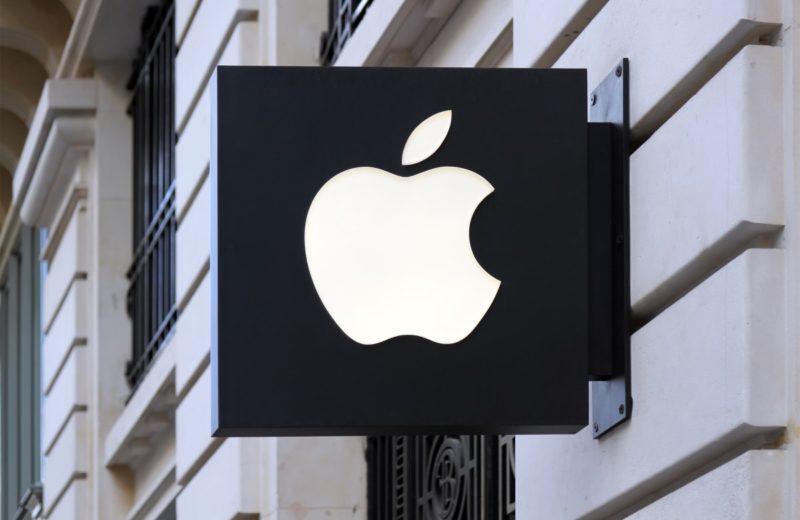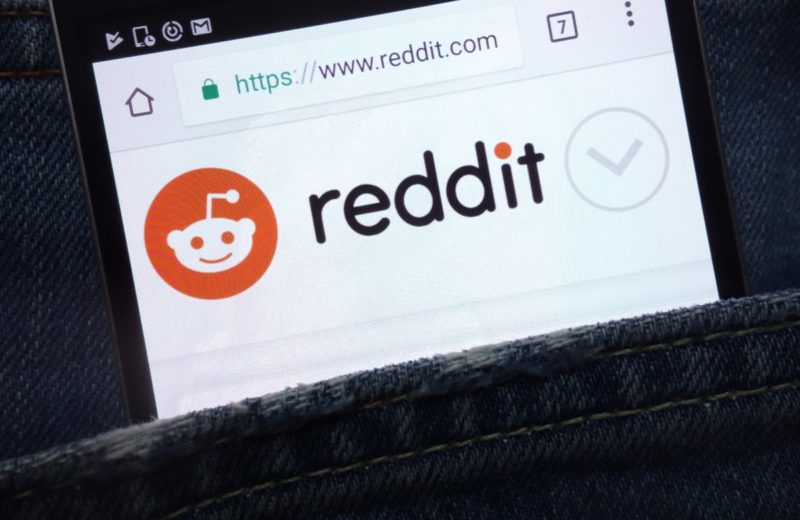Some companies claim that their facial recognition systems can read facial expressions. Nevertheless, the system is based on outdated science. Thus, its risks being discriminatory and unreliable. That is what one of the world’s leading experts on the psychology of emotion is a warning.
Lisa Feldman Barrett is a Northeastern University psychology professor. She said that such technologies appear to disregard a growing body of evidence. Thus, it is undermining the notion that the basic facial expressions are universal across the cultures. As a result, such technologies are running the risk of being discriminatory and unreliable. Some of those technologies have already deployed in real-world settings.
She said that she does not know how companies can continue justifying what they are doing when it is obvious what the evidence says. She adds that some companies continue to claim things that can’t possibly be true.
A growing number of applications are rolling out such systems, and this is when her warnings come. Unilever claimed in October that it had saved 100,000 hours of human recruitment last year. It says that it deployed such software for analyzing video interviews.
The company HireVue developed one type of artificial system. It is scanning candidates’ facial expressions, word choice, and body language. Afterward, it is cross-referencing them with traits that are considered to correlate with job success.
Amazon has another type of artificial intelligence system. Its facial recognition system is Rekognition.
It can detect seven basic emotions – confusion, calmness, sadness, disgust, surprise, anger, and happiness. The European Nation is reported to be trialing the software. It can purportedly detect deception through micro-expressions analysis in an attempt to bolster border security.
Facial Recognition System
Feldman Barrett said that it is based on the published scientific evidence. He adds that they judge that their technologies should not be rolled out and used for making consequential decisions about people’s lives.

Feldman Barrett was speaking at the American Association for the Advancement of Science’s annual meeting in Seattle. He said that there the idea of universal facial expressions for disgust, fear, happiness, sadness, anger, and surprise had gained traction in the 1960s. At that time, Paul Ekman, an American psychologist, researched Papua New Guinea. The research showed that the members of an isolated tribe were giving similar answers to Americans when asked to match people’s photographs displaying facial expressions with different scenarios.
Nevertheless, the considerable body of evidence is showing that beyond those basic stereotypes, there is a vast range in how people express their emotions. It varies within and across different cultures.
For instance, in western cultures, people have been found scowling only about 30% of the time when they are angry. It means that they move their faces in other ways about seventy percent of the time.
Feldman Barrett claims that there is low reliability. Moreover, people often scowl when they are not angry. That’s what some psychologists call low specificity. People frown when they have gas, when they are concentrating hard, and when someone tells a bad joke.
















